Before superheroes and dragons, there were real animals—so powerful, mysterious, or strange that ancient people turned them into gods. From lions crowned as kings to serpents blamed for storms, animals have always held a grip on human imagination. Some were worshipped. Others were feared. A few were both. They didn’t just appear in stories—they shaped them. Cultures rose around them. Entire belief systems formed from their strength, beauty, or deadly charm. Here are 21 animals that didn’t just walk the earth… They roared through myths, ruled ancient worlds, and became legends that still echo today.
Phoenix
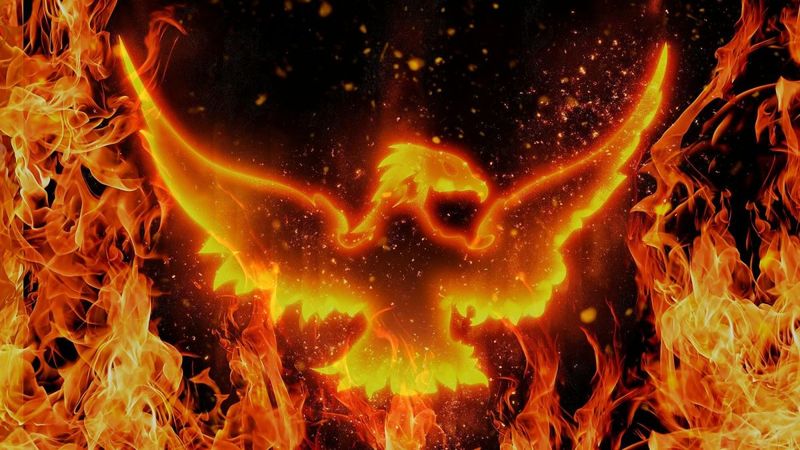
The phoenix is known for bursting into flames and being reborn from its ashes. Its story symbolizes renewal and immortality. Across cultures, this mythical bird embodies hope and rebirth.
Ancient Greeks believed it lived for 500 years before burning itself on a pyre. As the ashes settled, a new phoenix would rise, renewed and youthful.
In Egyptian mythology, it was connected to the sun god Ra. This vibrant creature has inspired countless tales of resurrection and transformation.
Dragon
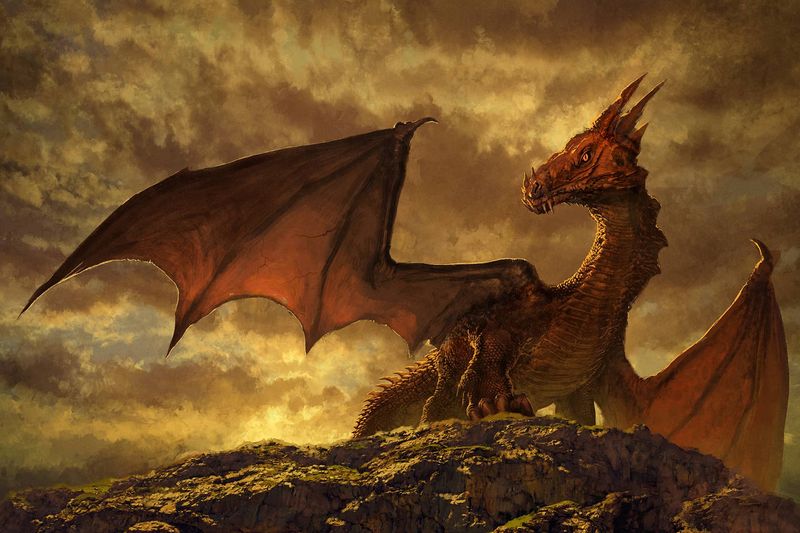
Dragons, often depicted as powerful and wise, appear in myths worldwide. In Chinese culture, they symbolize strength and good fortune, ruling over water and weather.
Western folklore portrays them as fire-breathing beasts, guarding treasures and challenging heroes.
These legendary creatures captivate imaginations with their blend of terror and majesty. Whether feared or revered, dragons embody mystery and adventure, leaving a significant mark on mythological tales.
Unicorn
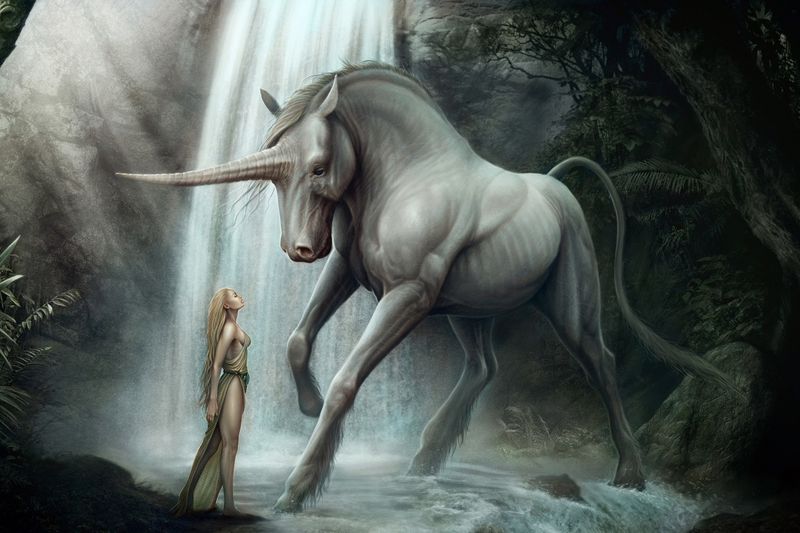
Unicorns, known for their purity and grace, have trotted through legends for centuries. This mythical horse, with its singular horn, symbolizes innocence and magic.
In medieval lore, unicorns could only be tamed by virgins, representing untouchable beauty.
Stories from around the world depict them as elusive creatures, often associated with healing and virtue. Their enchanting presence continues to inspire awe and dreams of mystical encounters.
Griffin
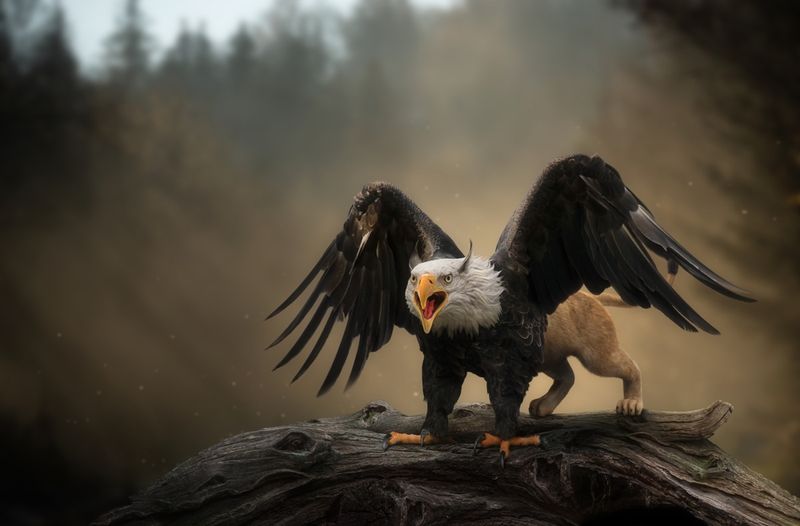
The griffin, part eagle, part lion, symbolizes power and protection. In ancient Greece, it guarded divine treasures and was seen as a symbol of divine might.
Medieval tales often depict griffins as noble creatures, representing guardianship and vigilance.
Their unique blend of avian and feline features inspires a sense of awe and admiration, bridging the skies and earth in mythical harmony.
Basilisk
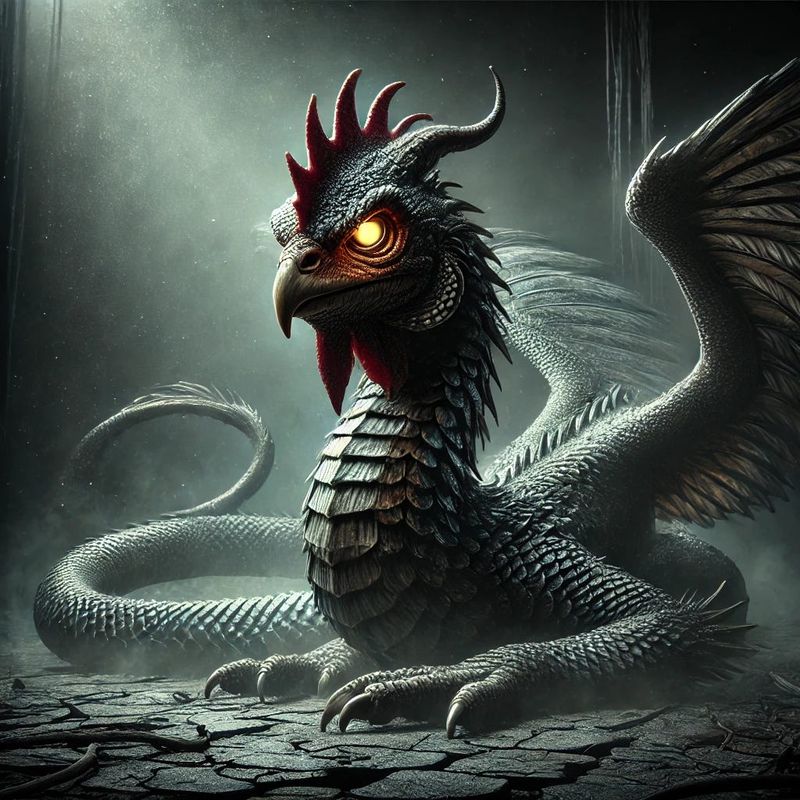
The basilisk, often referred to as the ‘king of serpents,’ is a creature of deadly gaze. In Roman and medieval legends, its mere glance or breath could kill.
This mythical serpent is often depicted with a crown-like crest, signifying its lethal royalty.
Feared for its petrifying powers, the basilisk still fascinates with its aura of peril and mystery, lurking in the dark pages of ancient mythical lore.
Minotaur
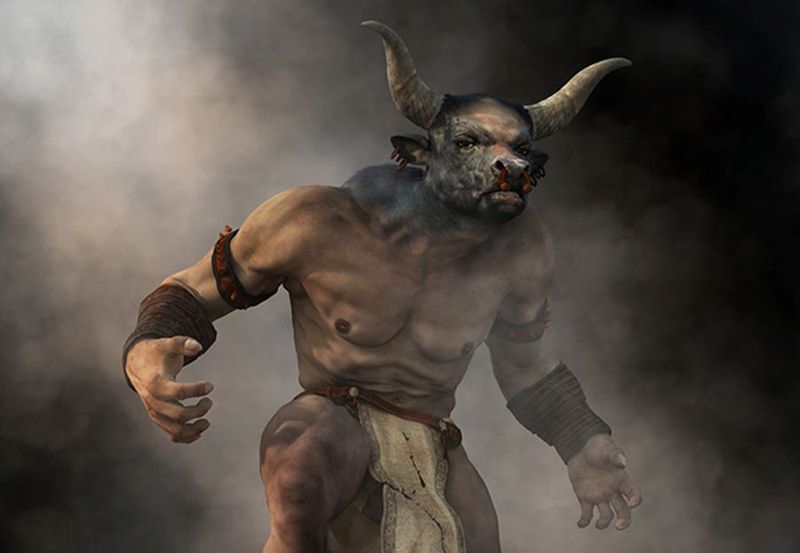
The Minotaur, a monstrous fusion of man and bull, haunted the labyrinth of Crete. Born from divine punishment, it was imprisoned by King Minos.
This creature represents the chaos and complexity of human nature.
Its legend, immortalized in Greek mythology, tells of heroism and tragedy as Theseus bravely confronts it. The Minotaur’s tale continues to intrigue, symbolizing the struggle within the labyrinth of life.
Pegasus
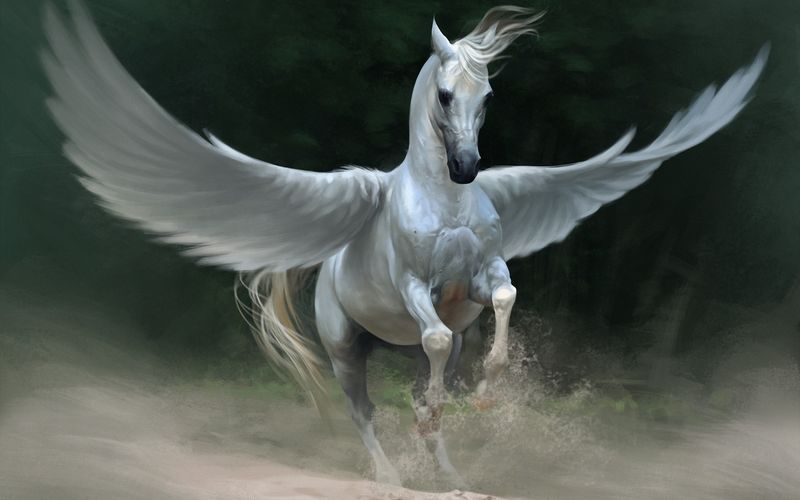
Pegasus, the winged horse of Greek lore, sprang from the blood of Medusa. Revered for its grace and strength, Pegasus symbolizes inspiration and poetic flight.
It served hero Bellerophon in legendary quests, signifying triumph over adversity.
The image of Pegasus flying to the heavens embodies the pursuit of beauty and the transcendence of the ordinary, inspiring dreamers and poets alike.
Cerberus
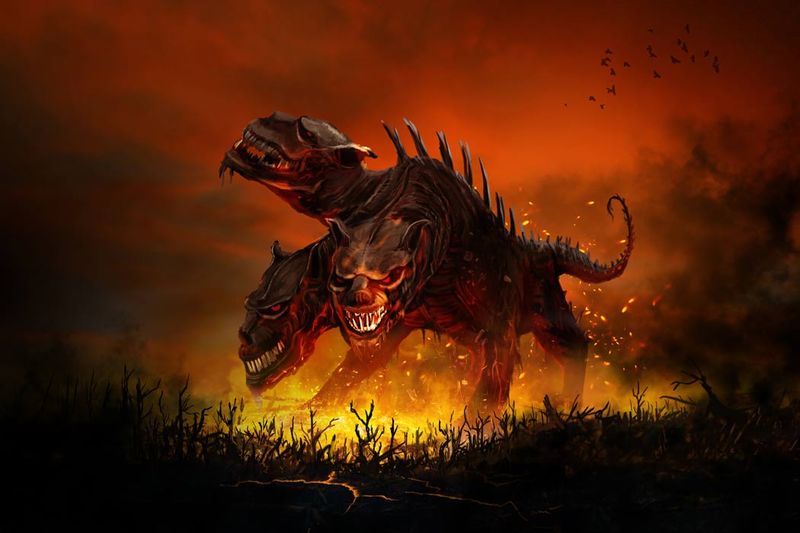
Cerberus, the fearsome three-headed dog, stands sentinel at the gates of the Underworld in Greek mythology. Each head symbolizes different aspects of its vigilance.
This monstrous guardian barred the living from entering Hades and the dead from escaping.
Despite its terrifying presence, Cerberus has become a symbol of loyalty and protection, embodying the dark yet essential balance of life and death.
Sphinx
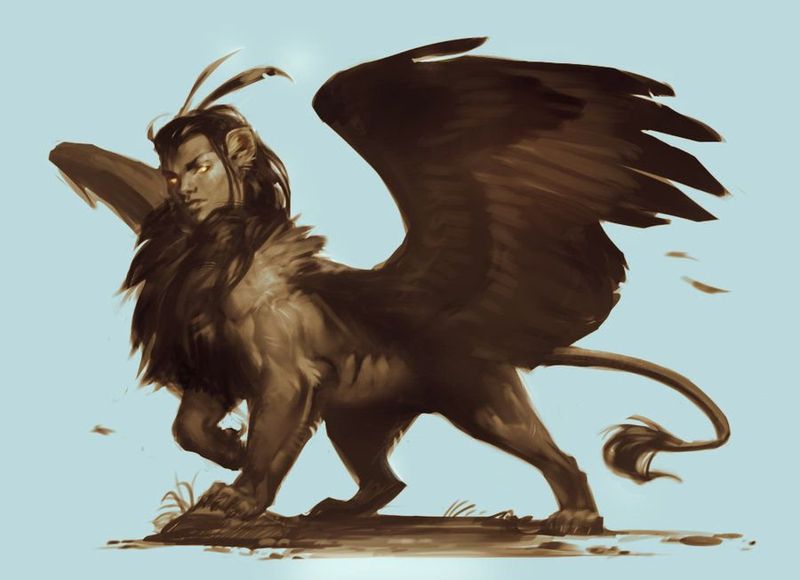
The Sphinx, with its riddling prowess, is a creature of ancient enigma. Combining human intellect with leonine strength, it challenges heroes with its puzzles.
In Greek mythology, it posed riddles to travelers, devouring those who failed.
The Egyptian Sphinx symbolizes guardianship, watching over the pyramids with a serene yet inscrutable gaze. Its legacy as a keeper of secrets endures, inspiring intrigue and awe.
Kraken
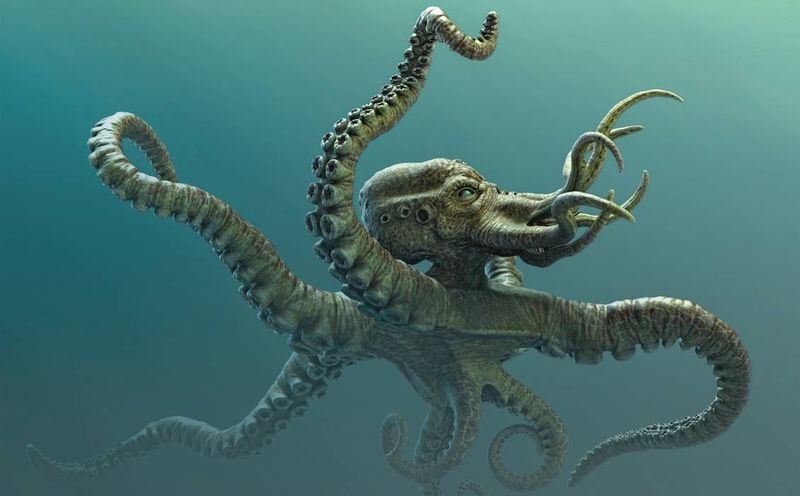
The Kraken, a legendary sea monster, haunted sailors’ nightmares. Scandinavian folklore describes it as a colossal creature, lurking beneath the waves.
With tentacles capable of dragging ships under, it symbolizes the terrifying power of the sea.
Its tales reflect human fear of the unknown and the mysteries of the deep ocean. The Kraken’s myth continues to stir imaginations, representing awe and terror in equal measure.
Chimera
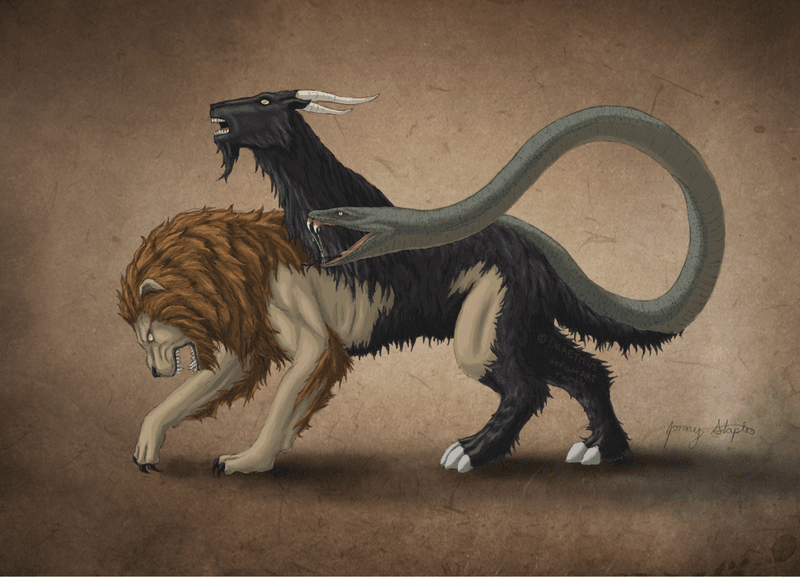
The Chimera, a mythological beast, embodies fearsome hybridity. Sporting a lion’s head, a goat’s body, and a serpent’s tail, it symbolizes chaos and danger.
In Greek mythology, it terrorized Lycia until slain by Bellerophon.
Its bizarre combination of features represents unpredictable threats, capturing the imagination with its monstrous visage and fiery breath.
Anansi
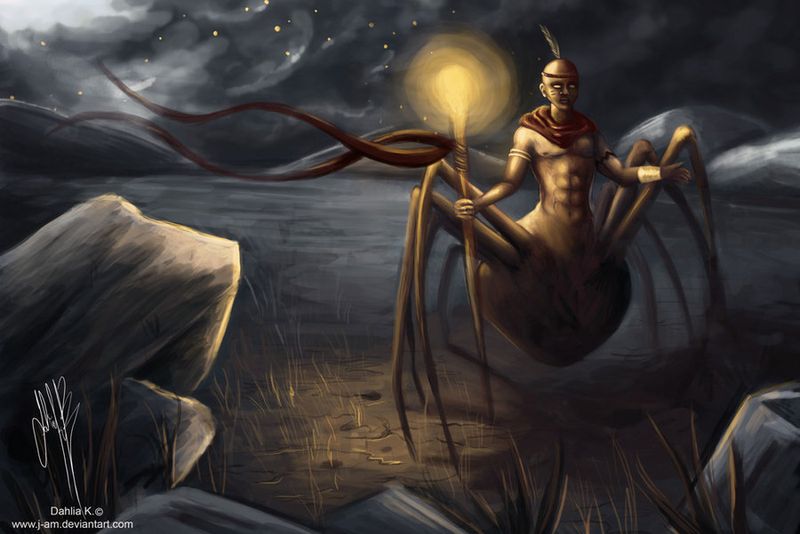
Anansi, the spider trickster of West African folklore, spins tales of wisdom and wit. Known for outsmarting foes, Anansi embodies the clever victory of mind over might.
His stories, rich with moral lessons, have traversed oceans, influencing cultures far and wide.
Anansi’s legacy as a cunning storyteller remains vital, weaving threads of humor and insight through the fabric of myth.
Fenrir

Fenrir, the monstrous wolf of Norse legend, is a symbol of unstoppable fate. Destined to break free during Ragnarok, its immense power terrifies even the gods.
Bound by the trickery of the Aesir, Fenrir’s strength and fury are legendary.
Its story reflects themes of destiny and defiance, embodying chaos and the end of times. Fenrir’s tale endures, echoing the eternal struggle against inevitable fate.
Quetzalcoatl
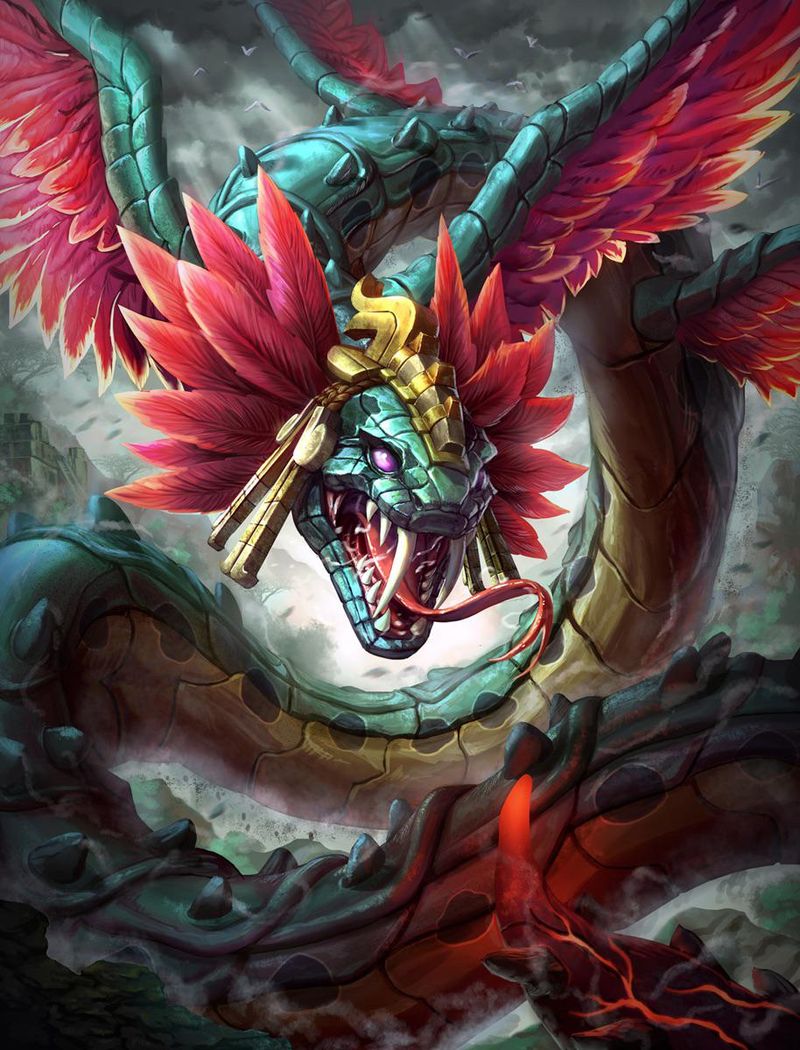
Quetzalcoatl, the feathered serpent, is a central figure in Mesoamerican myth. Revered as a god of wind and learning, its dual nature blends the earth and sky.
Aztecs viewed Quetzalcoatl as a symbol of knowledge and cultural unity.
Its legacy as a creator and civilizer continues, embodying the harmonious balance between power and wisdom in ancient lore.
Werewolf

Werewolves, part man, part wolf, haunt the shadows of legend. Symbolizing the duality of human nature, they transform under the full moon.
In folklore, werewolves are both victims and villains, embodying the struggle between civilization and savagery.
Their tales of transformation and inner conflict continue to captivate, exploring themes of identity and uncontrollable power.
Hippogriff
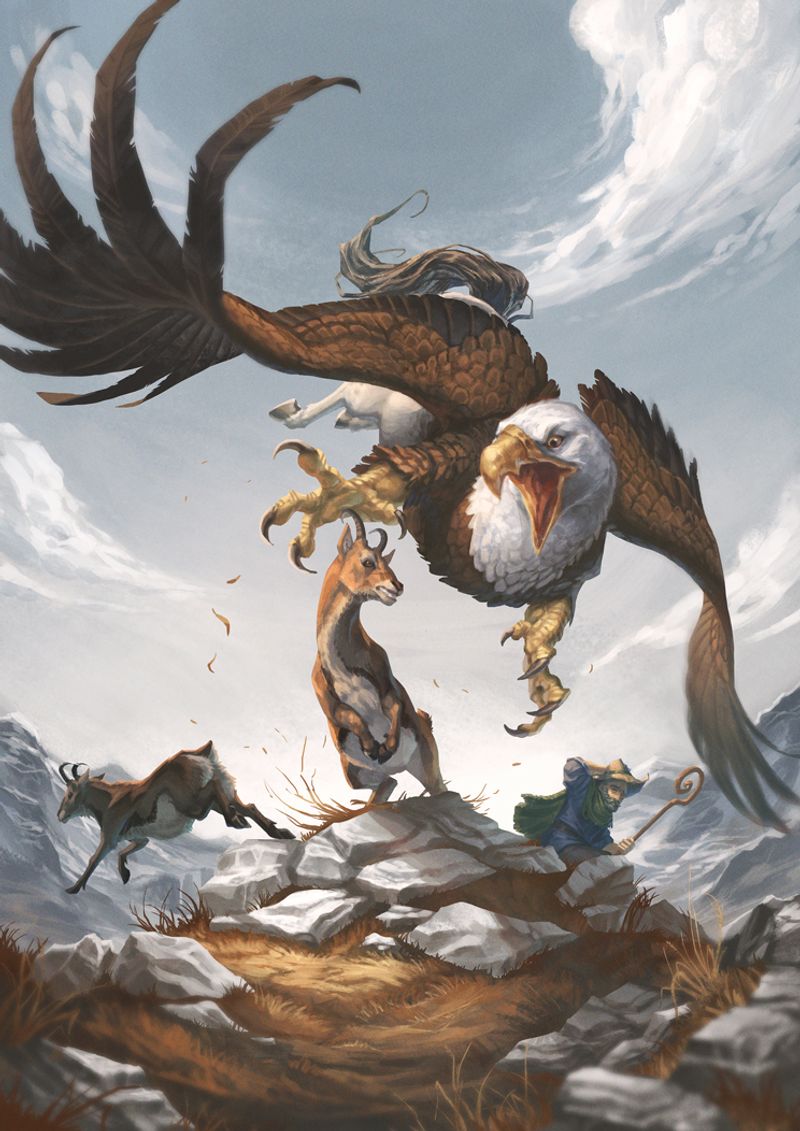
The Hippogriff, a blend of eagle and horse, is a symbol of improbability and grace. Known from medieval lore, it defies conventional boundaries.
Its ability to fly high and fast symbolizes freedom and transcendence, inspiring tales of adventure and exploration.
The Hippogriff embodies the beauty of the unlikely, soaring in the realms of fantasy with unmatched elegance.
Roc
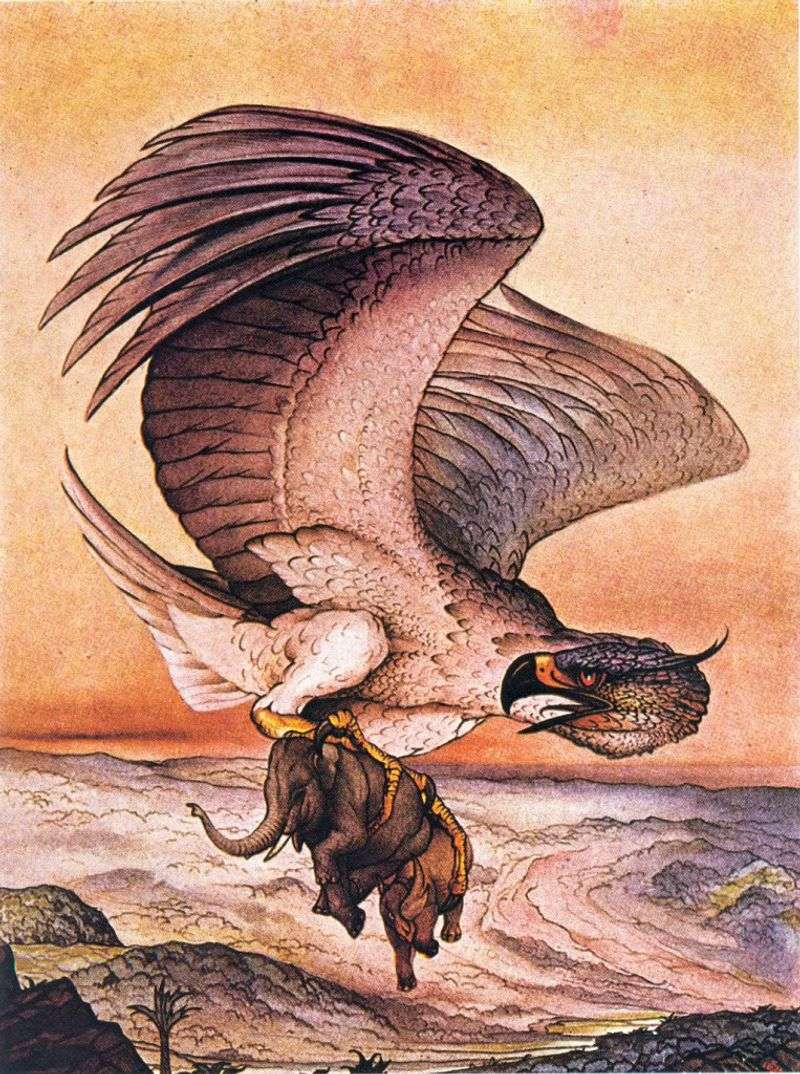
The Roc, a gigantic bird from Arabian tales, is a marvel of strength and scale. Said to carry elephants in its talons, it represents unparalleled might.
Its myth captures the awe of nature’s grandeur and the boundless skies.
The Roc’s legend, echoing through ‘One Thousand and One Nights,’ continues to inspire wonder, embodying the vastness of the mythical world.
Banshee
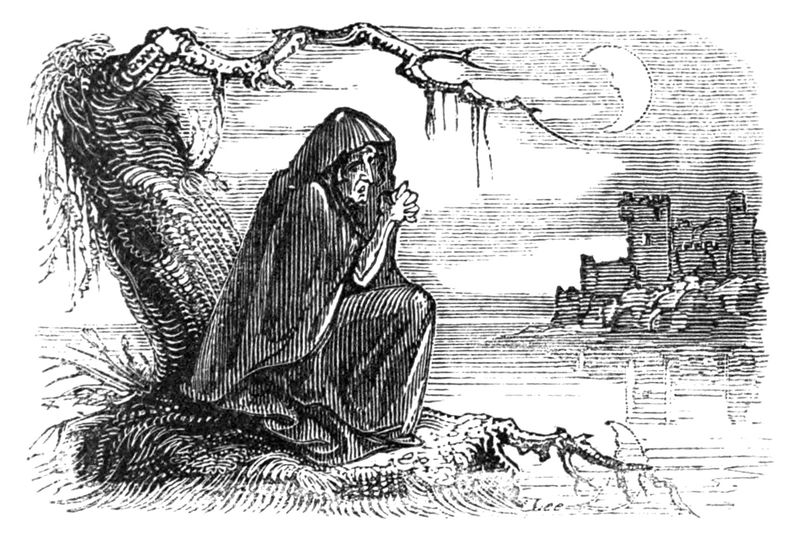
The Banshee, a harbinger of death, wails through Irish folklore. Her mournful cries foretell the passing of loved ones.
Often seen as a grief-stricken woman, the Banshee’s presence is both feared and revered.
Her legend, enveloped in mystery, reflects the human confrontation with mortality and the spirit world. The Banshee remains an enduring symbol of sorrow and the ethereal.
Kitsune
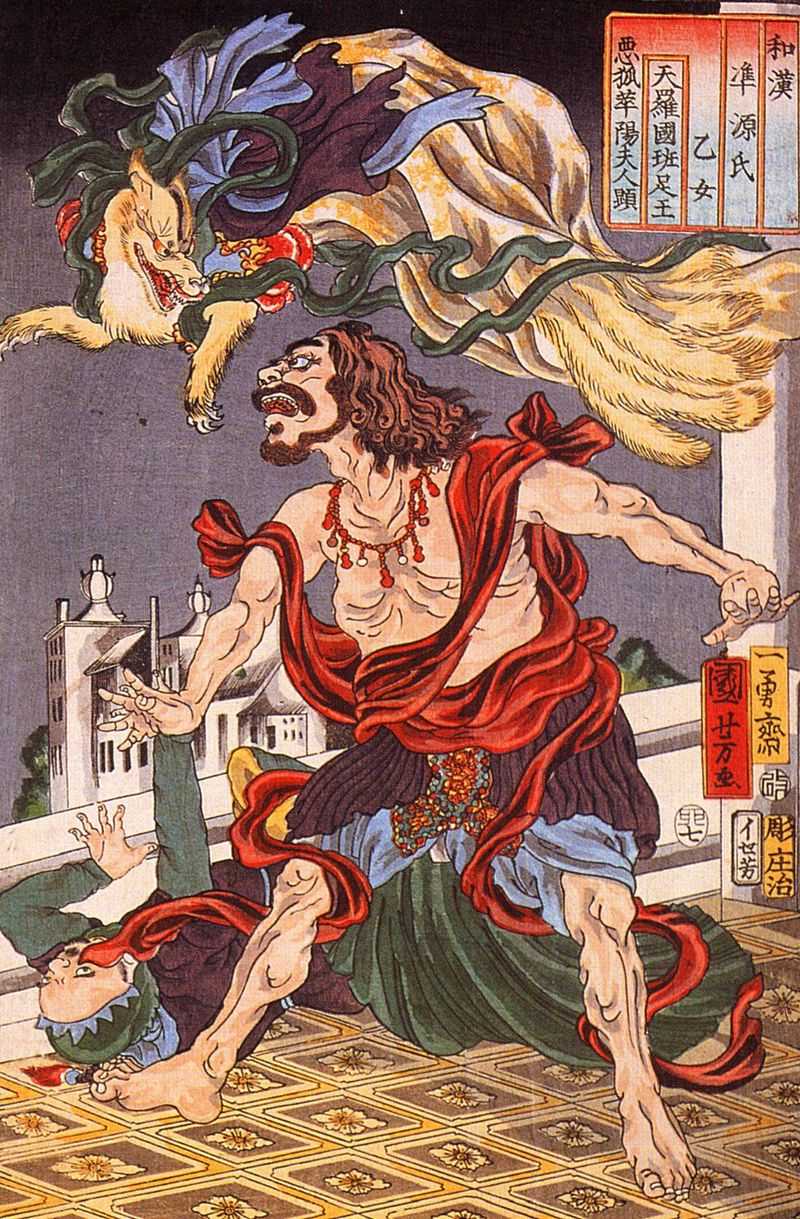
Kitsune, the magical fox of Japanese folklore, embodies intelligence and trickery. Known for shapeshifting abilities, Kitsune can be both protectors and mischief-makers.
Their presence is a testament to the enigmatic and versatile nature of spirits.
Kitsune tales explore themes of cunning and metamorphosis, weaving through the cultural fabric of Japan with grace and allure.
Yeti
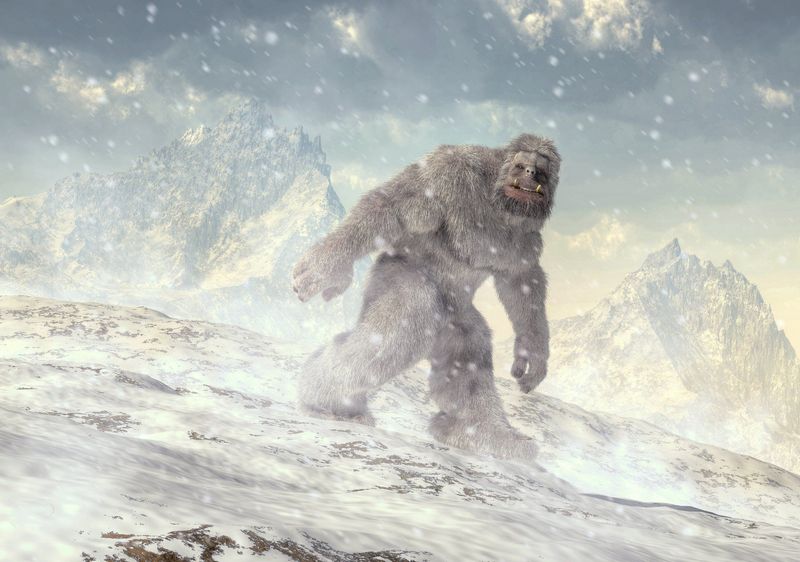
The Yeti, known as the Abominable Snowman, haunts the icy landscapes of the Himalayas. This elusive creature symbolizes humanity’s fascination with the unknown.
Sightings and stories spark debates on its existence, blending myth with mystery.
The Yeti’s legend endures, embodying the allure of untamed wilderness and the fear of what lies hidden in the snow-capped peaks.
White Tiger of the West
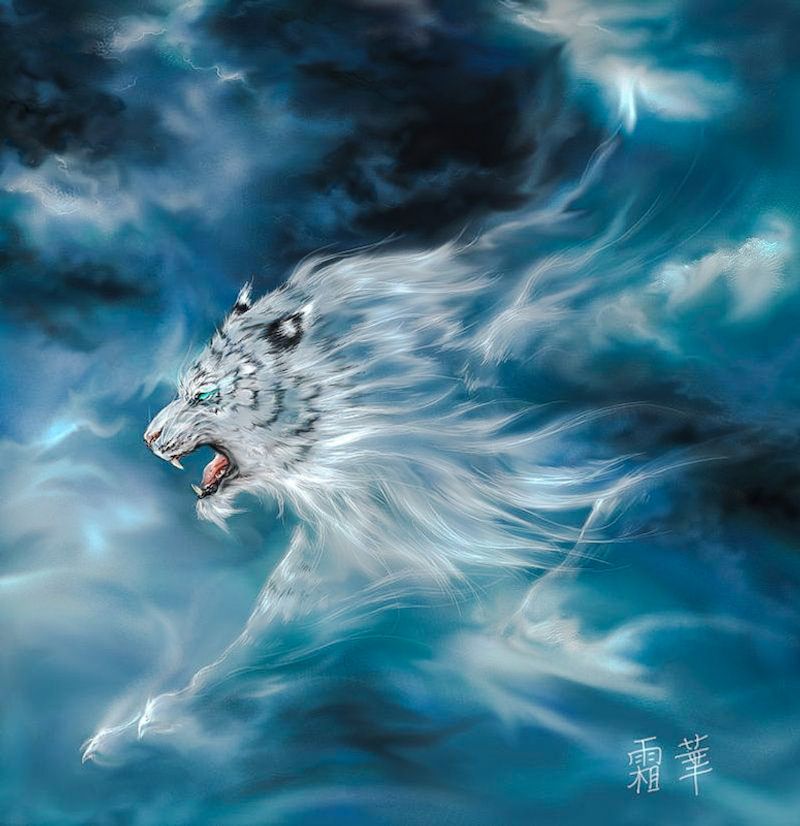
In Chinese mythology, the White Tiger, also known as Baihu, reigns in the western quadrant of the heavens. This celestial creature is associated with autumn and metal, embodying strength and military prowess. Within its lore lies the belief that when a king rules with absolute virtue, a white tiger will appear.
This legendary beast symbolizes power and protection, often seen as a guardian against evil. Its presence in tales highlights the balance between ferocity and virtue, captivating storytellers and believers alike.
Did you know? The Baihu is one of the Four Symbols of Chinese constellations, representing the west and autumn.

